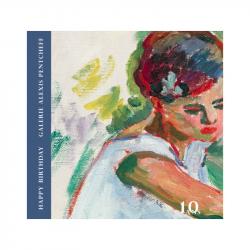Henri Lebasque is a French post-impressionist painter born in Champigné sur Marne (Maine et Loire) in 1865. His parents were of modest means. His father was a wood merchant who also owned a café in the village square.
At the end of his adolescence, Lebasque started in Angers as a house painter and then joined the School of Fine Arts in the same city, which he left for Paris in 1884. He missed out on the scholarship that would have allowed him to enter the Ecole des Beaux-Arts and stayed only a short year in the capital, his health forcing him to return to his native town in 1885.
In 1886, he finally entered the Ecole des Beaux-Arts in Paris (after having attended private classes at the Académie Colarossi, a private school that would allow him to have a less expensive education upon his arrival in Paris). At the Beaux-Arts, he was a student of Bonnat (official portrait painter of the Third Republic) who described him as a very brilliant draftsman.
During these early years in Paris, the painter divided his work between remunerative tasks and his personal training. He obviously explored various artistic paths, but his spontaneous sympathy for the Nabis group and his encounters with Bonnard and Vuillard pushed him to become what he felt he was.
The works he produced from 1888 onwards bear witness to the influence of Impressionism, which enabled him to gain official recognition. Very quickly he began to exhibit at Barc de Bouteville with Bonnard, Cottet and then at the Society of French Artists, from 1893 at the Salon des Indépendants. At that time, he became friends with Luce and Signac. He is classified among the "Neo-Impressionists".
In 1903, alongside Matisse, Lebasque participated in the founding of the Salon d'Automne.
The artist, who was looking for his own way, eventually found it in the South of France, which Manguin introduced him to. In 1906, on Manguin's advice, Lebasque rented the Villa Demière in Saint Tropez.
This was a year of real transition for the artist. The friendly relations with the Fauves, the artistic confrontations at the Salons, the radiant colors of the Midi, obviously brought about a pictorial upheaval.
From 1906 onwards, Lebasque's touch became freer, adopting vaporous pastel colors in unison with a happy life, of which he represented selected moments set in peaceful villas, Arcadian gardens, riverbanks or sunny beaches.
The painter is particularly interested in femininity and childhood, taking as models his wife Catherine, his two daughters Marthe and Hélène (Nono) and his son Pierre. It was in the setting of the Villa Demière that Catherine, his wife, offered her first nudes.
The omnipresence of his loved ones, in an atmosphere of serenity, transforms his paintings into an ode to the joy of living in the softness of the Mediterranean coast.
His new land of adoption is now the Mediterranean coast, between Nice and Sanary. In 1924, he moved to Saint-Tropez and Sainte-Maxime before finally settling in Le Cannet, near Bonnard, while Matisse was living in Nice.
Between his two friends, the Nabi and the Fauvist, he developed a personal style full of freshness, whose sensitivity was a guarantee of his success.
Henri Lebasque died in Le Cannet on August 7, 1937
In 1952, the Galliera Museum devoted a retrospective exhibition to him as well as the Ponchettes Museum in Nice in 1957. His studio was dispersed at Drouot in 1983.
BRAFA 2024
28 January 2024 - 4 February 2024
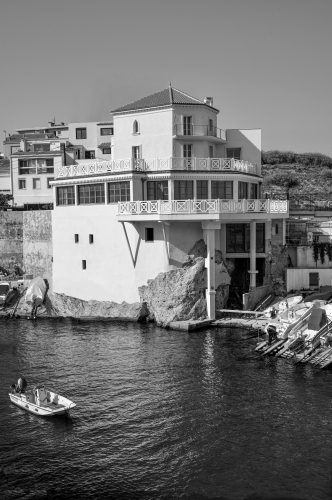
INAUGURAL EXHIBITION AT THE REINE JEANNE PAVILION
3 October 2023 - 15 November 2023
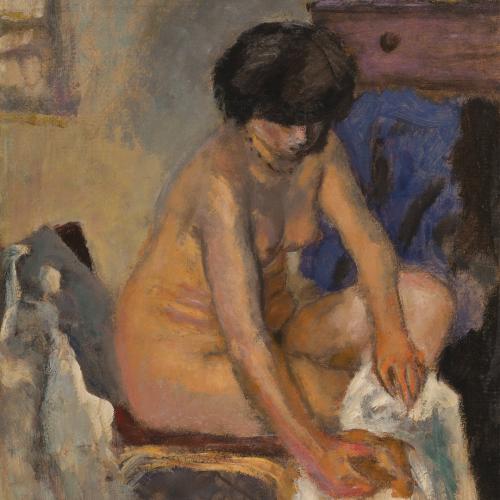
Brafa in the galleries
27 January 2021 - 31 January 2021
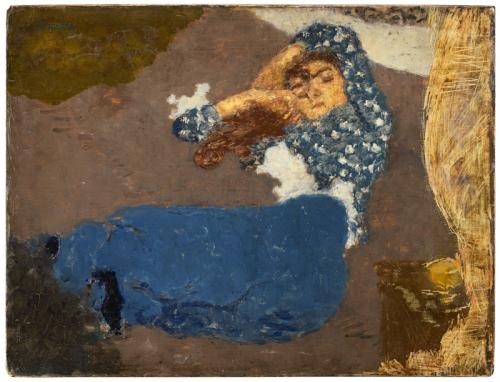
BRAFA 2020
26 January 2020 - 2 February 2020
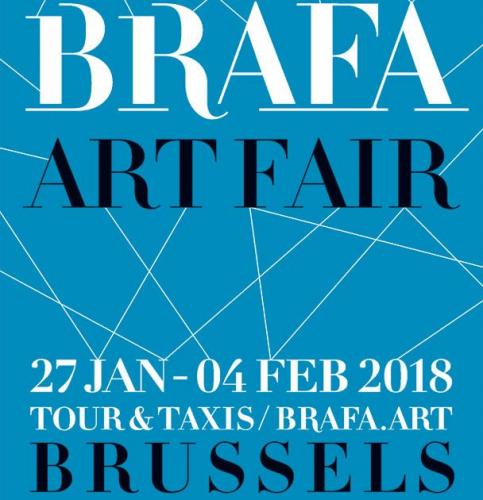
BRAFA 2018
27 January 2018 - 4 February 2018
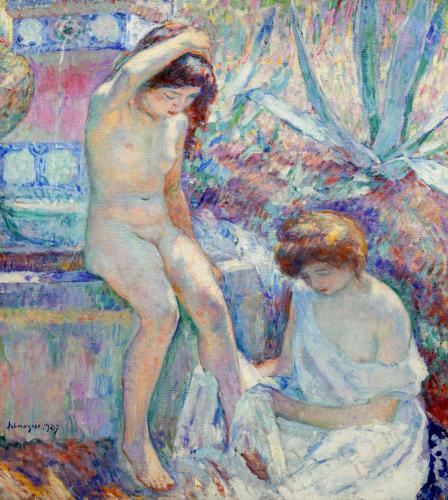
Lebasque. En aparté
21 January 2017 - 29 January 2017
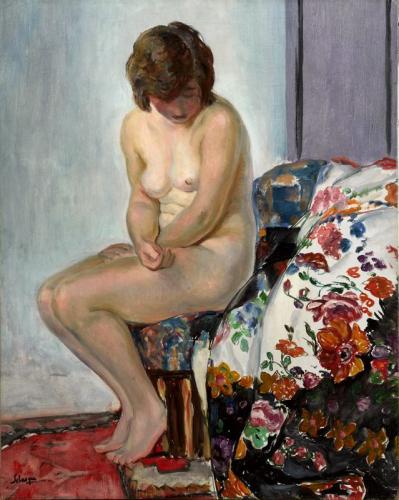
Antibes Art Fair 2016
16 April 2016 - 2 May 2016
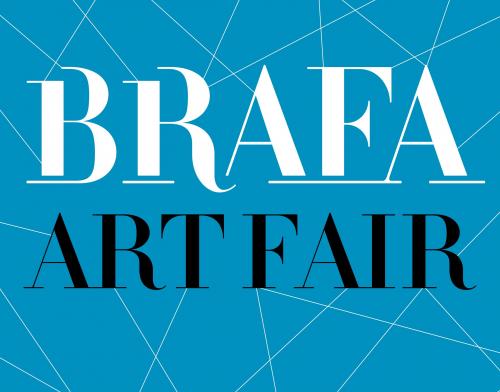
BRAFA 2016 (Brussels)
23 January 2016 - 31 January 2016
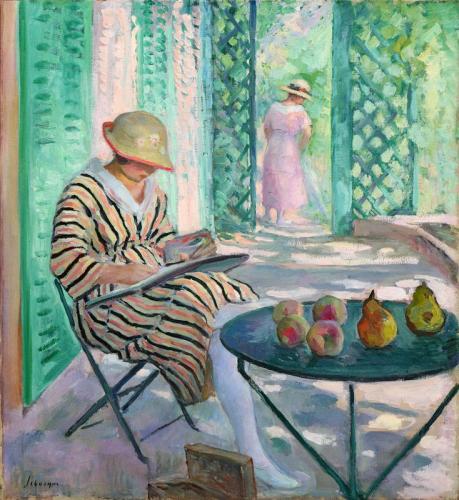
L'Esprit du Midi
24 January 2015 - 1 February 2015

